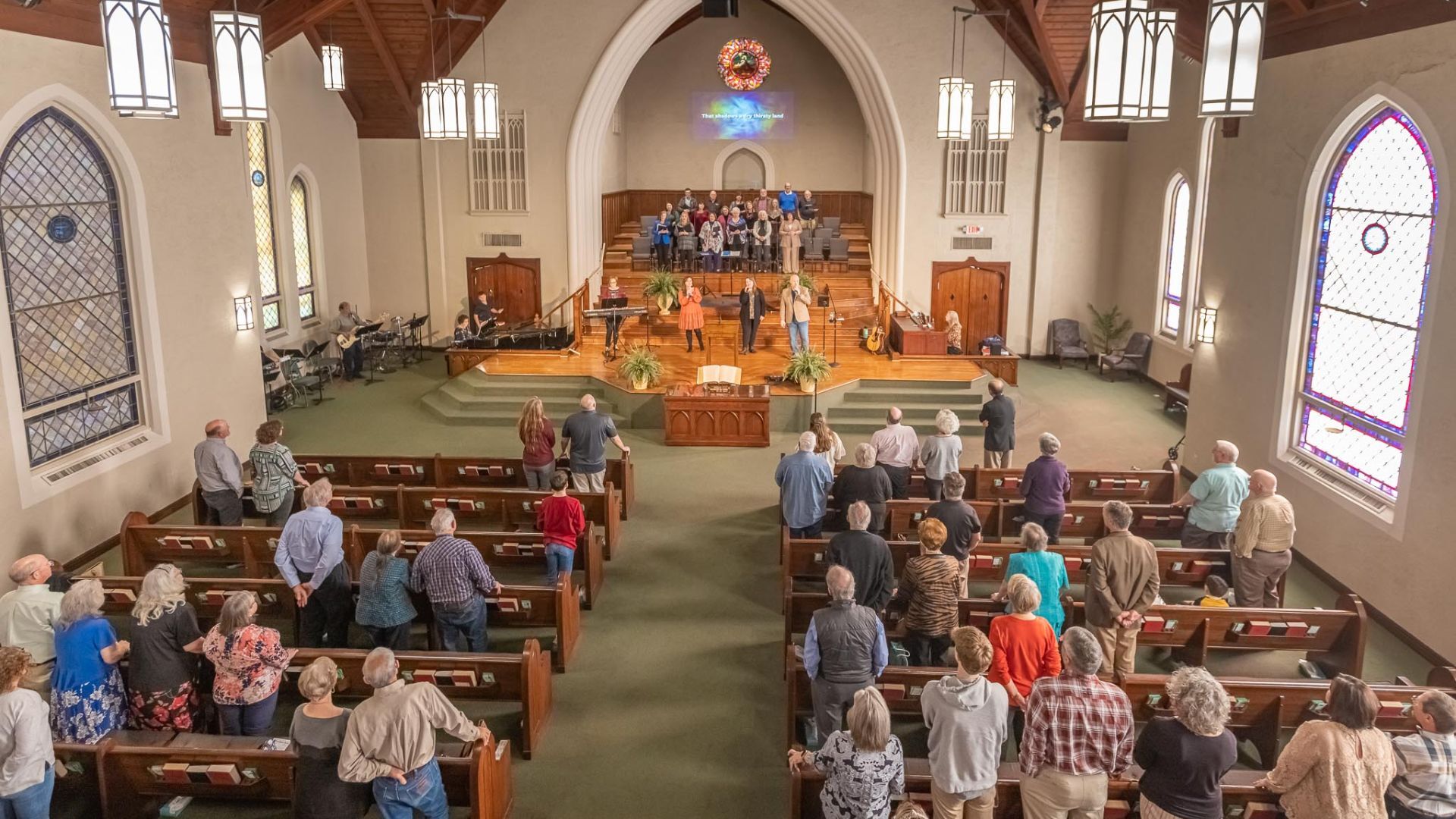Seven Trends Impacting Evangelical Churches: Insights for Church Staff
For church staff navigating the evolving landscape of evangelical churches, staying ahead of current trends is essential. From the shift towards small churches to the rise of lay leaders, the changing paradigm offers challenges and opportunities.
1. Mainline Malaise
Declining attendance and influence among traditional mainline denominations are evident. Denominational disputes, shifts in doctrinal stands, and generational changes have led to smaller, splinter denominations. Expect continued turbulence and denominational reshaping in the time to come.
2. Church Finances
Despite a turbulent period, church finances have shown resilience. While attendance numbers may be down, the collection plate is not as sparse as anticipated. Assuming a congregational commitment to the church's mission, the financial future of the church could indeed be bright.
3. Small Church Appeal
The appeal of smaller churches is growing, with an increase in house churches, cell churches, and small group churches. Expect the dichotomy of "smaller and larger" churches to persist, with mid-sized churches potentially seeing a decline.
4. Rise of Lay Leaders
The emergent phenomenon of lay leaders taking on more prominent roles within the church is becoming commonplace. Financial constraints and a desire for community-led services make lay leadership an appealing and practical choice, transforming the church into a diverse ensemble of dedicated believers.
5. Rise of a De-Churched Generation
The rise of the "De-Church" generation has grown significantly. While some may engage with online services, house churches, or small groups, many who once regularly attended Sunday services have not returned post-pandemic, and re-engaging them will be a challenge that the church must address.
6. Christian Education is Changing
Christian education and discipleship are undergoing significant changes, with many churches recognizing that their current approaches are broken or inadequate. In response, there is a growing emphasis on family ministry and the importance of discipling individuals from a young age while also acknowledging the need for ongoing training and education throughout one's spiritual journey.
7. The Faith Formation
Faith formation and discipleship are evolving, with a pressing need for more engaging approaches that extend beyond the traditional classroom setting. Small groups and living room gatherings are becoming increasingly popular venues for spiritual growth and development, signaling a shift in how churches approach discipleship, and this trend is expected to continue.
Embrace the Change!
As we navigate these changing times in the church, it's essential to approach these trends with an open mind and a willingness to adapt. By empowering your staff, encouraging meaningful discussions, and prayerfully considering how these changes are impacting your local body, you can effectively embrace the change and use it as a catalyst for growth. Remember, each church is unique, so focus on the areas that are most pressing for your congregation. Whether it's finances, discipleship, mobilizing lay leaders, or engaging the de-churched generation, commit to addressing these challenges head-on in the coming year.
Embrace the change, trust in God's guidance, and watch as your church thrives in the midst of these transformative times. For more insights and practical advice on navigating these church trends, be sure to tune in to the Healthy Church Staff Podcast.





